Description
Yamaha 30HP Outboard F30LA: Your Gateway to Reliable Marine Power
Here’s something most boat dealers won’t tell you: you can get professional-grade marine performance without breaking the bank. While others push expensive new motors with questionable long-term value, smart boaters are discovering the proven reliability of used outboard motors that deliver decades of dependable service. The Yamaha 30HP outboard F30LA represents the perfect sweet spot between power, efficiency, and affordability for recreational and fishing applications.
This comprehensive guide reveals everything you need to know about the F30LA, from specifications and performance capabilities to maintenance requirements and buying considerations. Whether you’re powering a fishing boat, pontoon, or recreational craft, understanding this motor’s capabilities will help you make an informed decision. We’ll also explore why Yamaha outboard motors continue to dominate the marine industry and how the F30LA fits into your boating plans.
What is the Yamaha 30HP Outboard F30LA?
The Yamaha F30LA represents a milestone in 4-stroke outboard engineering, combining decades of marine expertise with modern fuel efficiency and environmental consciousness. This 30 horsepower motor belongs to Yamaha’s acclaimed F-Series lineup, specifically designed for boaters who demand reliable power without excessive weight or complexity.
Built around a sophisticated 3-cylinder, 4-stroke powerhead, the F30LA delivers smooth, quiet operation that 2-stroke alternatives simply cannot match. The motor features electronic fuel injection (EFI) for optimal fuel delivery, a thermostat-controlled cooling system, and Yamaha’s renowned build quality that ensures years of trouble-free operation. Unlike older carbureted models, the F30LA starts reliably in all weather conditions and maintains consistent performance throughout its operating range.
The “LA” designation indicates this is a long-shaft model with electric start capability, making it ideal for boats with deeper transoms or applications requiring convenient push-button starting. This 4-stroke outboard incorporates Yamaha’s latest engineering improvements while maintaining the simplicity that marine mechanics and boat owners appreciate.
Why the Yamaha F30LA Matters for Modern Boating
The marine industry has experienced a significant shift toward 4-stroke technology, and the F30LA exemplifies why this transition benefits boaters. Environmental regulations increasingly favor cleaner-burning engines, and the F30LA meets or exceeds all current EPA standards while delivering superior fuel economy compared to equivalent 2-stroke models.
From a practical standpoint, this motor addresses the most common concerns boat owners face: fuel costs, maintenance complexity, and long-term reliability. Independent testing shows the F30LA achieves approximately 20-30% better fuel efficiency than comparable 2-stroke motors, translating to significant savings over the motor’s lifespan. The sophisticated engine management system optimizes fuel delivery and ignition timing automatically, ensuring peak performance under varying load conditions.
The F30LA’s impact extends beyond individual boat owners to the broader marine ecosystem. Its clean-burning design produces fewer emissions and eliminates the oil-fuel mixing required by 2-stroke engines, reducing water pollution and environmental impact. This environmental consciousness, combined with exceptional performance, explains why affordable outboards like the F30LA maintain strong resale values.
Yamaha F30LA Specifications and Technical Details
Engine Configuration
- Displacement: 747cc (45.6 cubic inches)
- Cylinders: 3-cylinder inline configuration
- Valve Train: SOHC with 2 valves per cylinder
- Fuel System: Electronic Fuel Injection (EFI)
- Ignition: Digital CDI with variable timing
- Starting: Electric start with manual backup
- Cooling: Thermostat-controlled water cooling
- Oil Capacity: 2.5 liters with filter change
Power and Performance Specifications
- Maximum Output: 30 HP at 5500 RPM
- Shaft Length: 20 inches (Long Shaft – “L” designation)
- Weight: Approximately 187 lbs (85 kg) dry weight
- Gear Ratio: 2.15:1 reduction
- Propeller: 10.125″ x 11″ 3-blade aluminum (standard)
- Maximum RPM: 5500-6500 RPM operating range
- Fuel Consumption: 2.9 gallons per hour at wide-open throttle
Control and Features
- Control Type: Remote steering with separate control box
- Trim Method: Manual tilt and trim
- Alternator: 17-amp charging system
- Forward Gears: 1 forward, 1 neutral, 1 reverse
- Warning Systems: Overheat and oil pressure alerts
How to Choose and Implement the Yamaha F30LA
1. Assess Your Boat’s Compatibility
Before selecting any outboard motor, verify your boat’s maximum horsepower rating and transom specifications. The F30LA’s 187-pound weight requires adequate transom support, and the 20-inch shaft length is designed for boats with standard transom heights of 20-21 inches. Check your boat’s capacity plate and manufacturer specifications to ensure compatibility.
Measure your transom height from the bottom of the boat to the top of the transom where the motor mounts. This measurement determines whether you need a short shaft (15″), long shaft (20″), or extra-long shaft (25″) motor. The F30LA’s long shaft configuration works perfectly for most fishing boats, jon boats, and medium-sized recreational craft.
2. Consider Your Performance Requirements
The F30LA excels in specific applications while having limitations in others. This motor provides excellent performance for boats up to 18 feet in length and maximum weights around 2,500-3,000 pounds. It’s particularly well-suited for fishing boats where quiet operation and fuel efficiency matter more than maximum speed.
For recreational applications, expect the F30LA to push a properly-loaded 16-foot aluminum fishing boat to speeds of 25-30 mph, depending on hull design and total weight. The motor provides strong low-end torque for getting heavy loads on plane and maintains efficient cruising speeds for extended fishing trips.
3. Installation and Setup Process
Professional installation ensures optimal performance and warranty compliance, but experienced boat owners can handle F30LA installation with proper preparation. The process requires mounting the motor to the transom, connecting control cables, routing fuel lines, and establishing electrical connections for the charging system and control panel.
Critical installation steps include ensuring proper motor height relative to the boat’s bottom, aligning the control cables for smooth operation, and establishing reliable fuel system connections. The F30LA’s EFI system requires clean fuel and proper fuel line routing to prevent vapor lock or contamination issues.
4. Break-in and Initial Operation
New and rebuilt F30LA motors require a proper break-in period to ensure longevity. The first 10 hours of operation should vary engine RPM frequently, avoiding sustained high-speed operation while allowing the internal components to properly seat. During break-in, monitor oil levels closely and change the oil and filter after the first 20 hours of operation.
Advanced users can optimize performance through propeller selection and engine tuning. The standard 10.125″ x 11″ propeller works well for general applications, but specific use cases may benefit from different pitch or blade configurations. Similar horsepower motors often use identical propellers, making it easy to experiment with different options.
Types and Variations of the Yamaha F30LA
Standard F30LA Configuration
The base F30LA comes equipped with electric start, remote steering capability, and manual tilt/trim operation. This configuration suits most recreational and fishing applications where simplicity and reliability take priority over advanced features. The standard setup includes a basic instrument panel with tachometer and warning lights.
Power Tilt and Trim Options
Higher-trim F30LA models offer power tilt and trim functionality, allowing operators to adjust motor angle for optimal performance and shallow-water operation from the helm position. This feature proves particularly valuable for fishing boats operating in varying water depths or when fine-tuning performance for different load conditions.
Control System Variations
Yamaha offers the F30LA with different control configurations, including single-lever binnacle controls and side-mount control boxes. The choice depends on boat layout and operator preference. Some installations benefit from Mercury outboards or Honda alternatives control compatibility, though Yamaha-specific controls provide the best integration.
Special Application Models
Certain F30LA variants target specific applications like sailboat auxiliary power or commercial use. These models may include different gear ratios, modified cooling systems, or enhanced corrosion protection for saltwater environments. Understanding these variations helps buyers select the optimal configuration for their intended use.
Advanced F30LA Performance Strategies
Propeller Optimization
Propeller selection dramatically affects F30LA performance and efficiency. The standard 3-blade aluminum propeller provides good all-around performance, but specific applications may benefit from different configurations. Four-blade propellers typically improve acceleration and handling in choppy water, while higher-pitch propellers can increase top speed for lightly-loaded boats.
When selecting propellers, target an operating RPM range of 5500-6000 RPM at wide-open throttle with a normal load. If the motor exceeds 6500 RPM, consider a higher-pitch propeller. If it struggles to reach 5500 RPM, a lower pitch may improve performance. Many 4-stroke outboards for sale include multiple propeller options for optimization.
Fuel System Optimization
The F30LA’s EFI system performs best with clean, fresh fuel and proper system maintenance. Installing a high-quality fuel-water separator protects the injection system from contamination, while fuel additives designed for EFI systems can prevent gum and varnish buildup during storage periods.
Regular fuel system maintenance includes replacing fuel filters, inspecting fuel lines for deterioration, and cleaning fuel tank ventilation systems. The F30LA’s fuel efficiency advantage over 2-stroke motors compounds over time, making proper fuel system care a worthwhile investment.
Performance Monitoring and Tuning
Advanced F30LA owners benefit from understanding engine monitoring and diagnostic capabilities. The motor’s ECU stores fault codes and performance data that qualified technicians can access for troubleshooting and optimization. Regular monitoring of operating parameters helps identify potential issues before they become serious problems.
Common F30LA Mistakes to Avoid
Improper Installation Height
One of the most frequent F30LA installation errors involves incorrect motor height relative to the boat’s bottom. Installing the motor too high reduces water flow through the cooling system and can cause cavitation problems. Installing it too low creates unnecessary drag and reduces efficiency. The anti-ventilation plate should align with or sit slightly below the boat’s bottom for optimal performance.
Neglecting Break-in Procedures
Skipping or rushing the break-in process significantly reduces F30LA longevity and performance. New motors require varying RPM operation during the first 10 hours, followed by gradually increasing loads over the next 40 hours. Owners who immediately subject new motors to sustained high-power operation often experience premature wear and reduced reliability.
Fuel System Contamination
The F30LA’s sophisticated EFI system is more sensitive to fuel contamination than carbureted 2-stroke motors. Using contaminated fuel, neglecting fuel-water separators, or allowing fuel to deteriorate during storage can cause expensive injection system damage. Always use fresh fuel and quality filtration systems.
Maintenance Oversights
While 4-stroke motors like the F30LA require less frequent maintenance than 2-stroke alternatives, they do need regular attention to maintain performance and reliability. Common maintenance oversights include extending oil change intervals, ignoring cooling system maintenance, and neglecting lower unit service. Following manufacturer maintenance schedules prevents costly repairs and maintains warranty coverage.
Frequently Asked Questions About the Yamaha F30LA
What type of boats work best with the F30LA?
The Yamaha F30LA excels on boats between 14-18 feet in length, including aluminum fishing boats, fiberglass runabouts, jon boats, and small pontoons. It provides optimal performance for boats with total weights (including passengers and gear) up to 2,500-3,000 pounds. The motor works particularly well for fishing boat motors applications where quiet operation and fuel efficiency matter.
How does the F30LA compare to competing 30HP motors?
Compared to other brands, the F30LA offers superior fuel efficiency, quieter operation, and proven long-term reliability. While Suzuki outboards and Mercury alternatives offer similar specifications, Yamaha’s engineering reputation and extensive dealer network provide advantages for long-term ownership.
What maintenance does the F30LA require?
The F30LA requires oil changes every 100 hours or annually, lower unit service every 100 hours, and fuel filter replacement every 200 hours. Additional maintenance includes spark plug replacement every 200 hours, impeller replacement every 300 hours, and thermostat service every 300 hours. Following this schedule ensures reliable operation and maintains warranty coverage.
Can I install the F30LA myself?
Experienced boat owners can install the F30LA, but professional installation ensures optimal performance and warranty compliance. Installation requires mounting the motor, connecting control cables, routing fuel lines, and establishing electrical connections. The process typically takes 4-6 hours for experienced installers.
What fuel should I use in the F30LA?
The F30LA requires regular unleaded gasoline with a minimum octane rating of 87. Ethanol-blended fuels up to E10 (10% ethanol) are acceptable, but E15 or higher concentrations can damage fuel system components. Using marine-grade fuel additives helps prevent phase separation and system contamination.
How fast will the F30LA push my boat?
Boat speed depends on hull design, weight, and conditions, but the F30LA typically pushes properly-loaded 16-foot aluminum boats to 25-30 mph. Lighter boats may achieve 35+ mph, while heavily-loaded or inefficient hull designs may top out around 20-25 mph. The motor excels at efficient cruising speeds of 15-20 mph.
What propeller should I use on the F30LA?
The standard 10.125″ x 11″ 3-blade aluminum propeller works well for most applications. Boats requiring better acceleration or rough-water performance may benefit from 4-blade propellers, while speed-oriented applications might use higher-pitch options. Target 5500-6000 RPM at wide-open throttle for optimal performance.
Is the F30LA suitable for saltwater use?
The F30LA includes corrosion-resistant materials and coatings suitable for saltwater environments, but requires additional maintenance in marine conditions. Regular freshwater flushing after saltwater use prevents salt buildup and extends component life. Consider marine-grade anodes and enhanced corrosion protection for intensive saltwater applications.
Conclusion: Making the Smart Choice for Your Boating Future
The Yamaha F30LA represents more than just another outboard motor option—it embodies the evolution of marine propulsion toward cleaner, more efficient, and more reliable power. As environmental regulations tighten and fuel costs continue climbing, the F30LA’s 4-stroke efficiency and proven engineering provide both immediate benefits and long-term value retention.
Smart boaters recognize that the initial purchase price represents just the beginning of total ownership costs. The F30LA’s superior fuel efficiency, reduced maintenance requirements, and exceptional reliability deliver savings that compound over years of operation. When combined with Yamaha’s extensive dealer network and parts availability, the F30LA offers peace of mind that cheaper alternatives simply cannot match.
Whether you’re upgrading from an older 2-stroke motor or purchasing your first outboard, consider exploring the selection of used outboard motors for sale to maximize your investment. The F30LA’s proven track record and continued popularity ensure strong resale values and easy serviceability for years to come.
Ready to experience the F30LA difference? Browse our current inventory of Yamaha outboard motors to find the perfect motor for your boating adventures, backed by our commitment to quality and customer satisfaction.

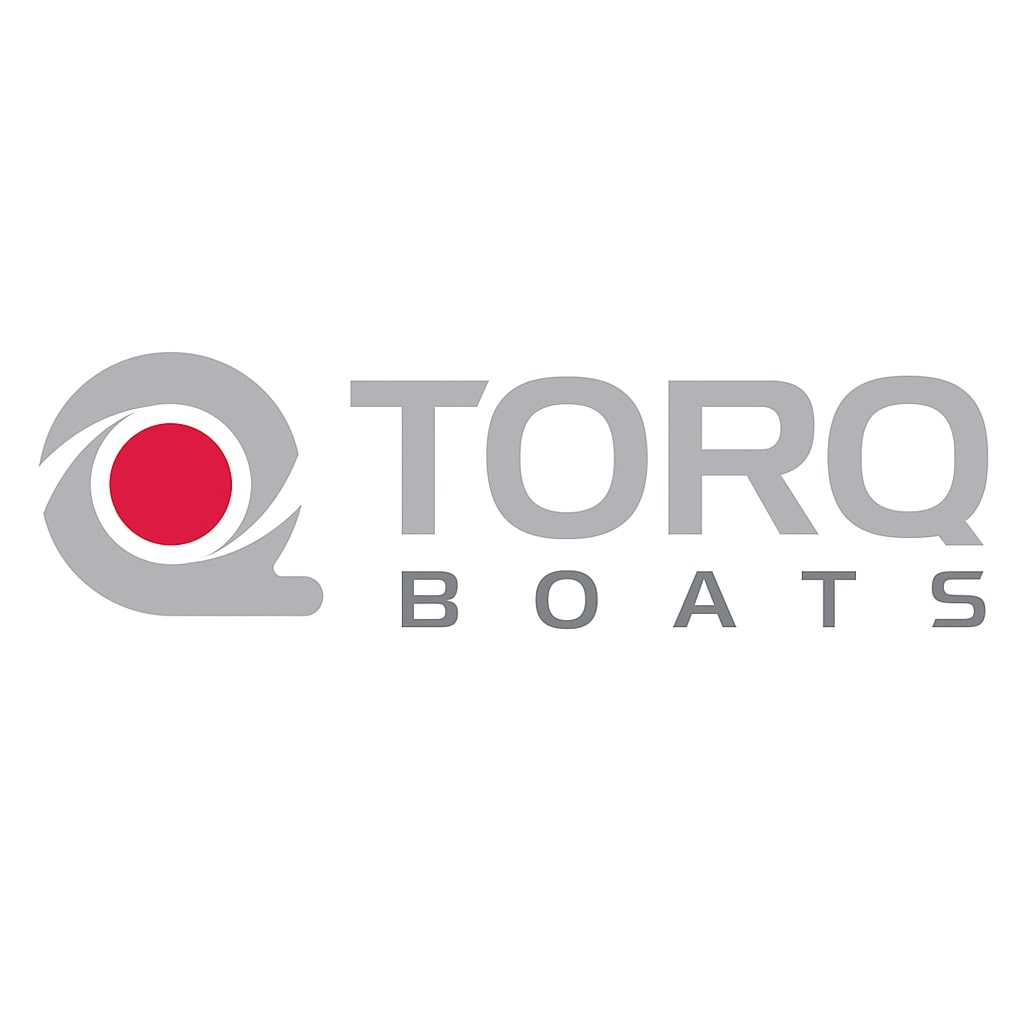
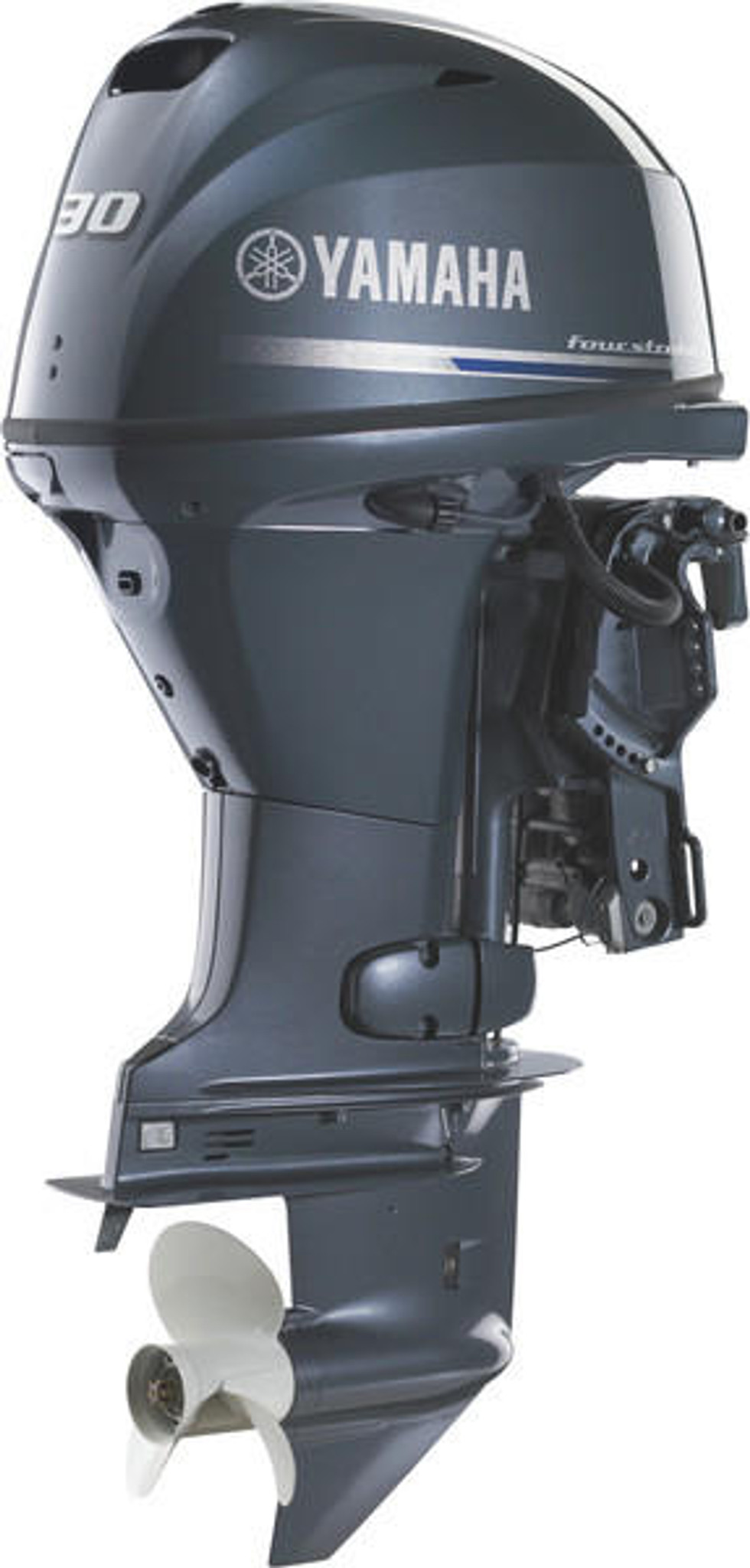
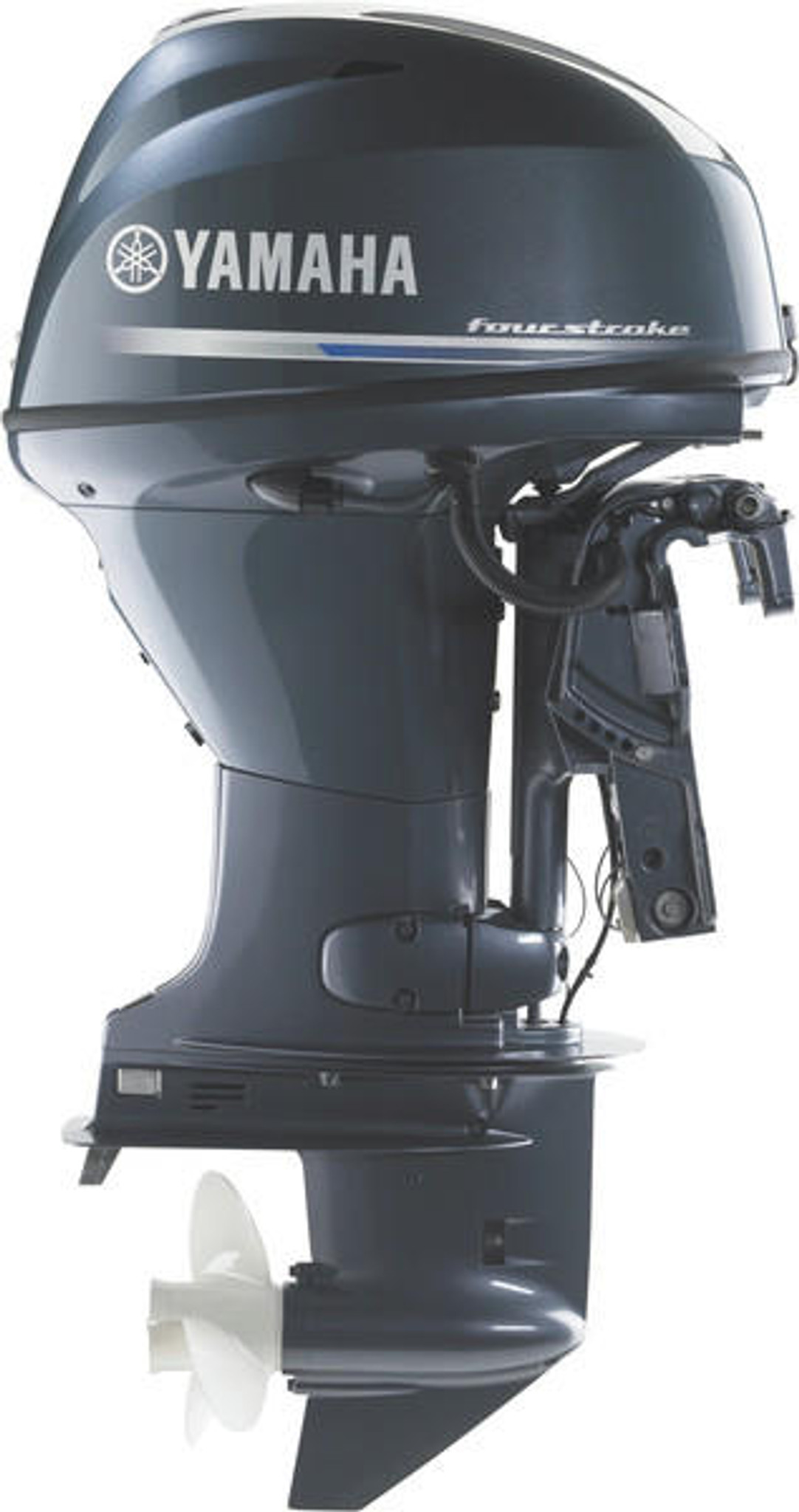

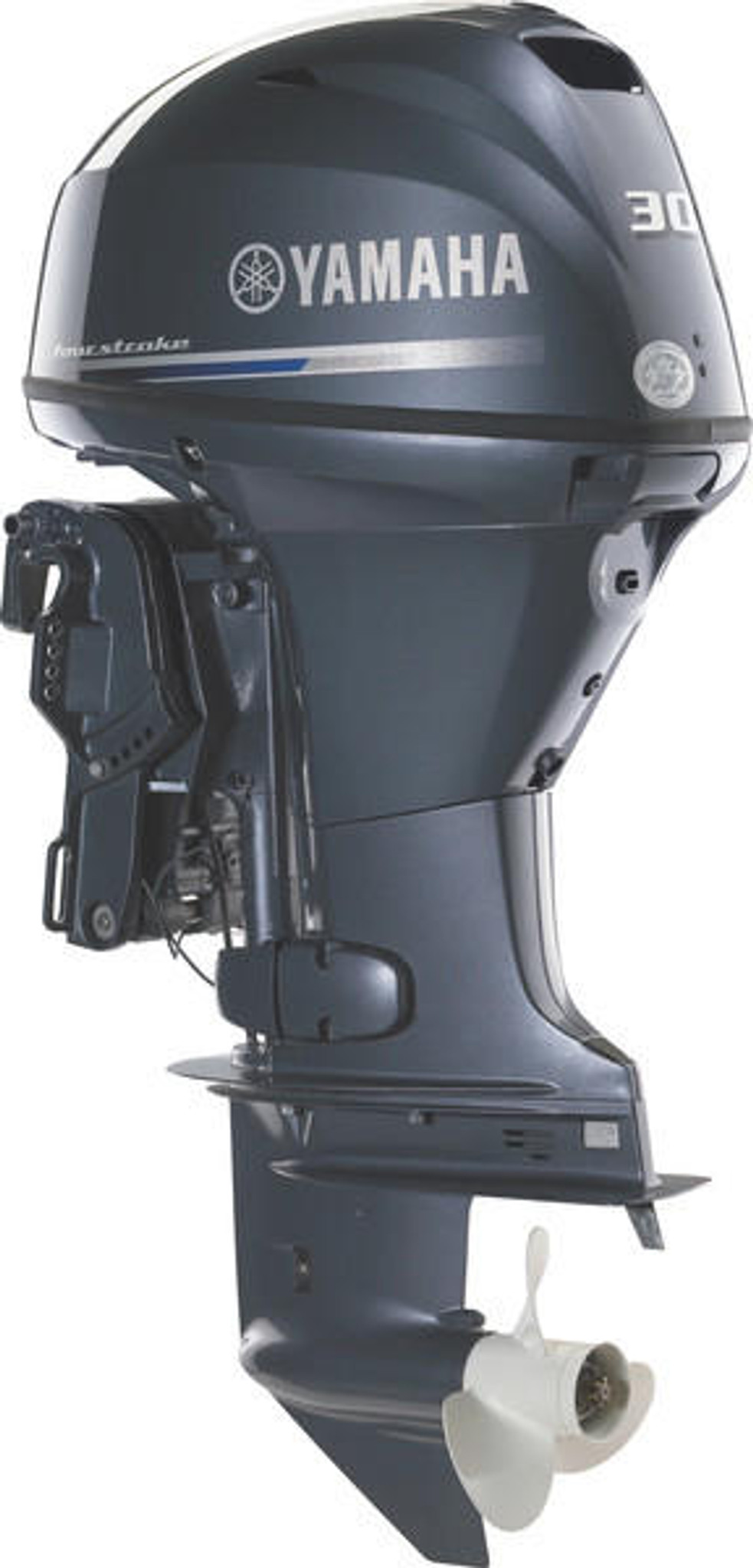
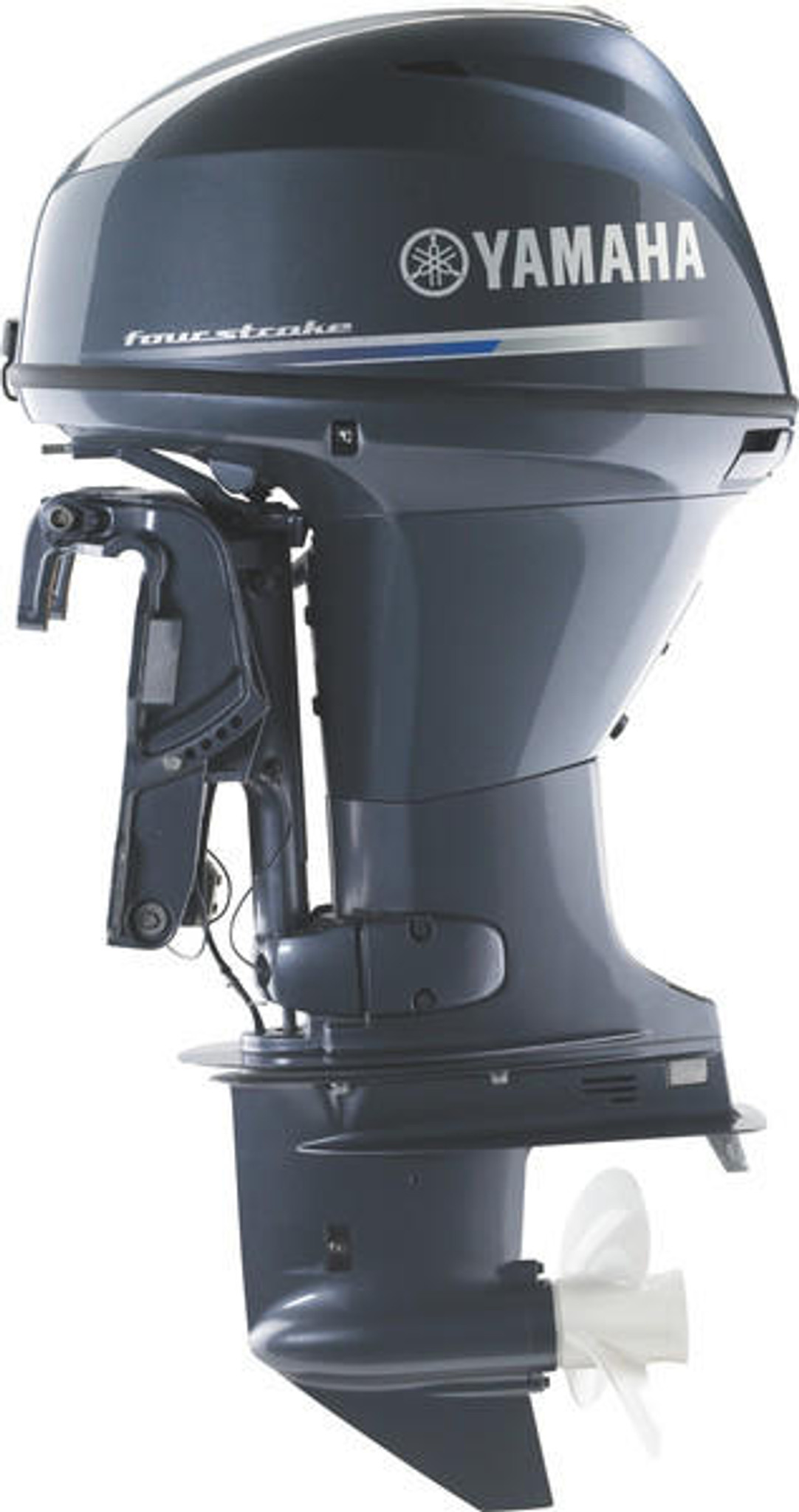
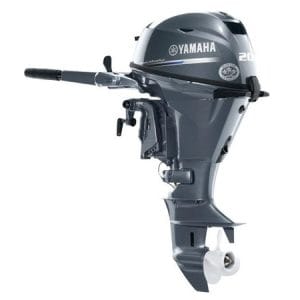
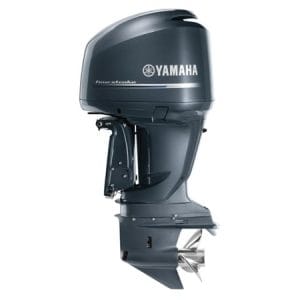
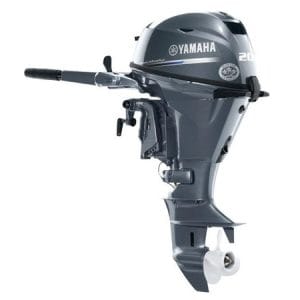
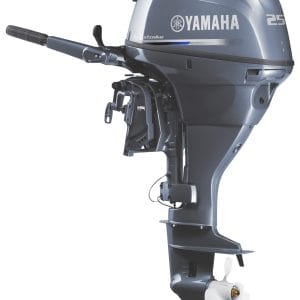
Reviews
There are no reviews yet.